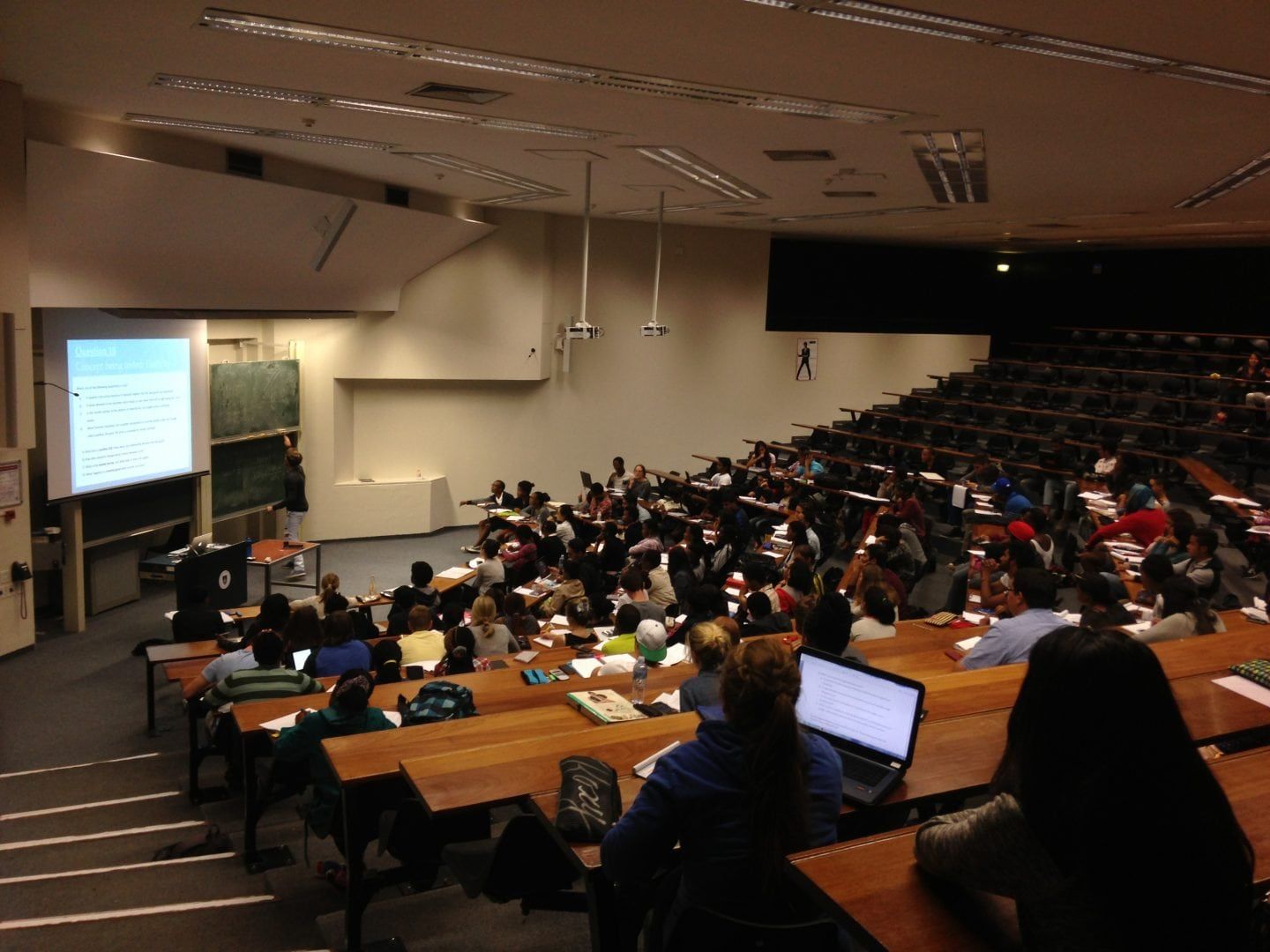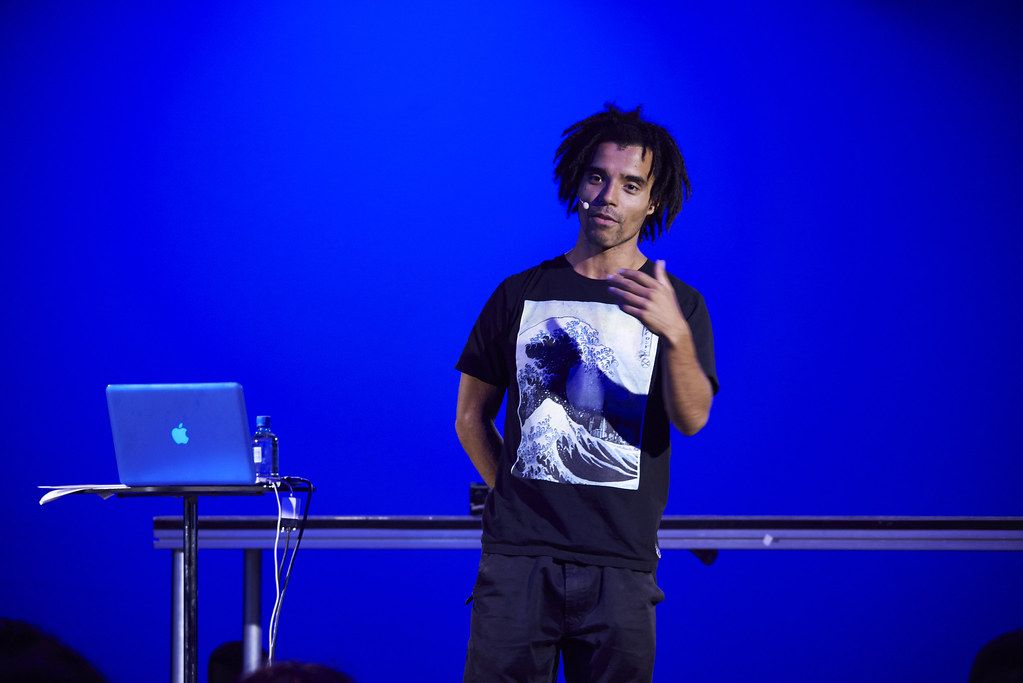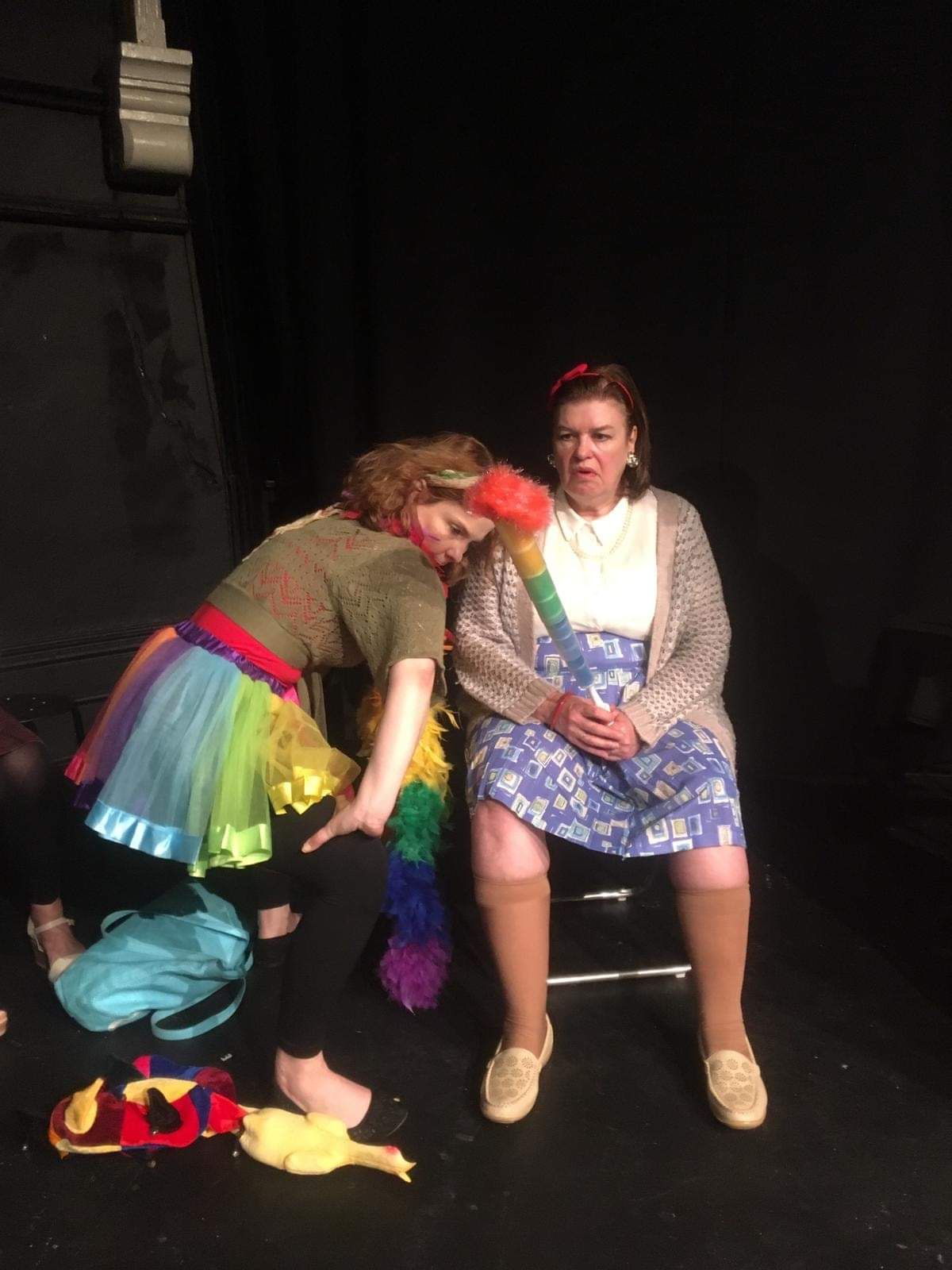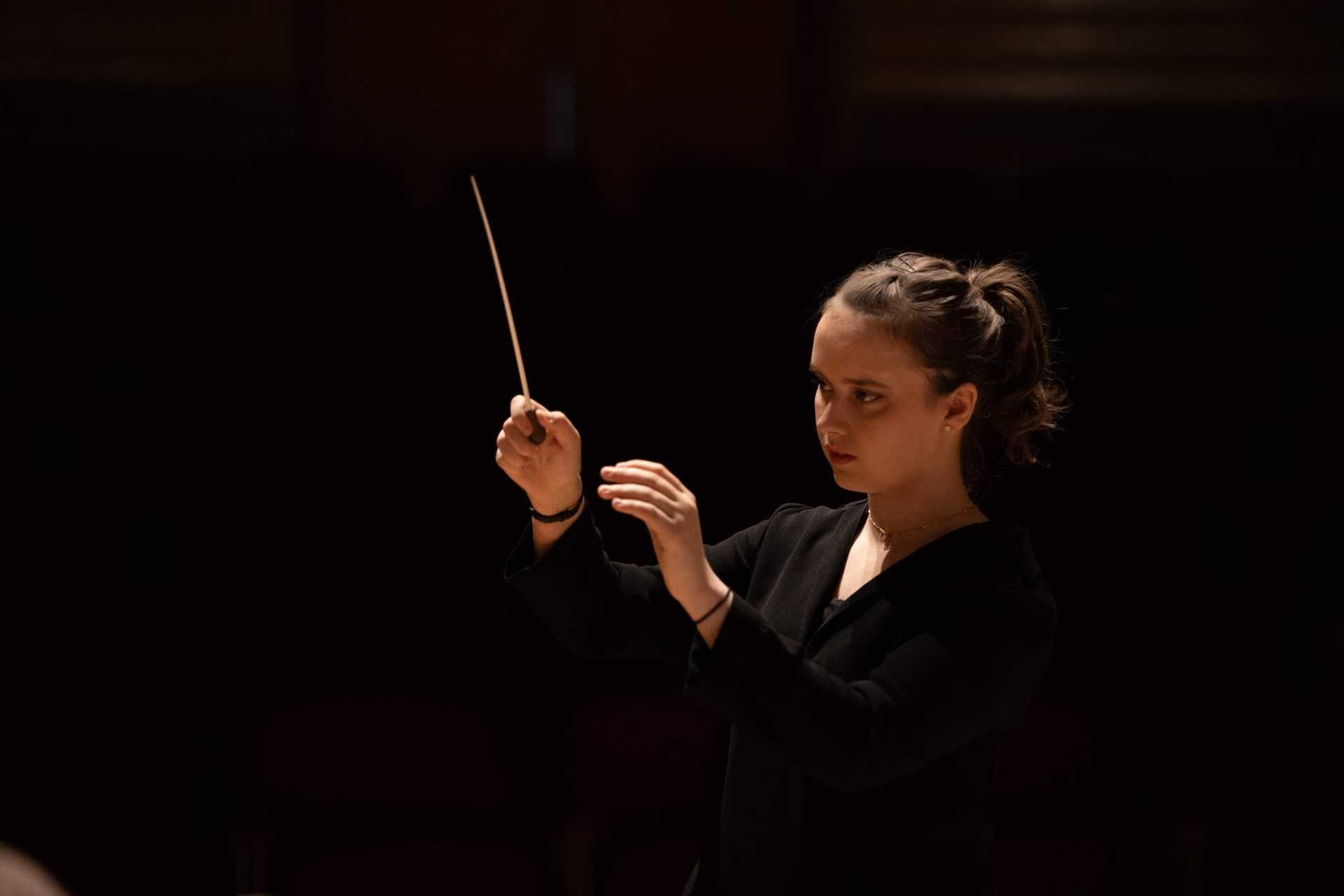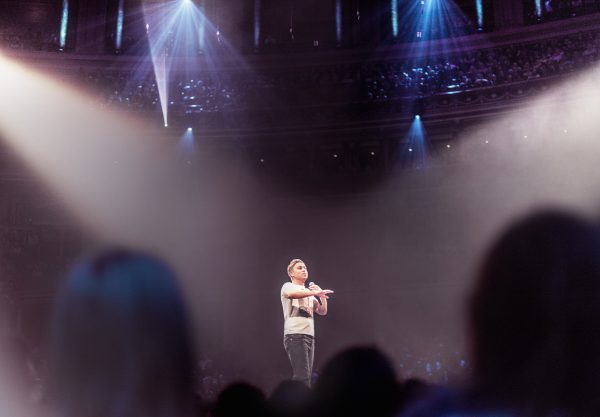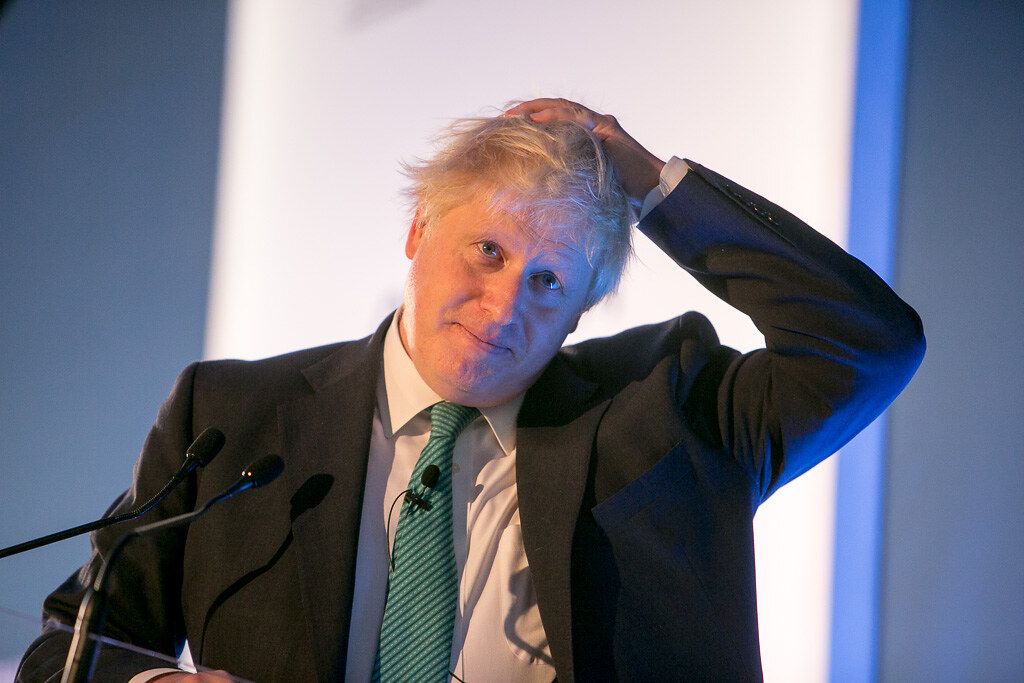Greenwashing: an environmental publicity stunt
Powerful corporations are re-branding themselves to follow the status quo to attract customers in a tactic called greenwashing.
Recently, an increasing number of brands are talking about sustainability and using greenwashing to make a profit and increase their popularity. Greenwashing gives the impression that the company is environmentally conscious, when in reality it is a PR move to sell more products and increase their sales. The message is “buy our product to show you’re an environmentally conscious person!” But, their ultimate goal is hard to miss: buy more.
When brands are talking about ‘plastic-free’, they are not talking about reducing the amount of packaging they use, but for us as consumers to get rid of the plastic we have and purchase replacement items, such as glass food containers and metal or paper straws. Although we may not buy these in plastic packaging, there is still plenty of waste being made by manufacturers in the making and distributing of these products.
Our capitalist society wishes us to buy new items instead of reducing or reusing what we have, which is the opposite of being sustainable. Many people fall into this trap because it is currently fashionable, therefore appealing for consumers. Having a fully sustainable lifestyle means using what you have (remember; Reduce, Reuse, Recycle), not increasing your consumption by following the latest eco-friendly trends.
We have all heard of the simple narrative of sustainable living; to save the planet everything you have must be reusable and you must strive to create no waste at all. Messages like this give the movement a reputation of being privileged and restrictive. Many people, especially those on a limited budget, cannot afford to purchase items that are branded as eco-friendly or zero waste as these are often more expensive.
Even though many would prefer to believe that we can change the world solely on our own, in truth it is much more important to come together to campaign for bigger, systematic changes. As individuals we can change our habits to have less of a negative impact on the environment, but most carbon emissions are caused by large corporations. We need to pay more attention to these businesses and the people in power who can make the necessary decisions to bring about large-scale change.
Go to environmental protests, and most importantly, vote. Make your voice heard by casting your vote for those who believe in combating global warming and would make changes you want to see. By focusing on our own individual plastic consumption or choices, we are ignoring the larger changes that need to be made.
The people and companies causing the most harm are off the hook whilst we are preoccupied buying another reusable coffee cup. Focusing on ourselves seems like the easier choice, but not the better one long term.





